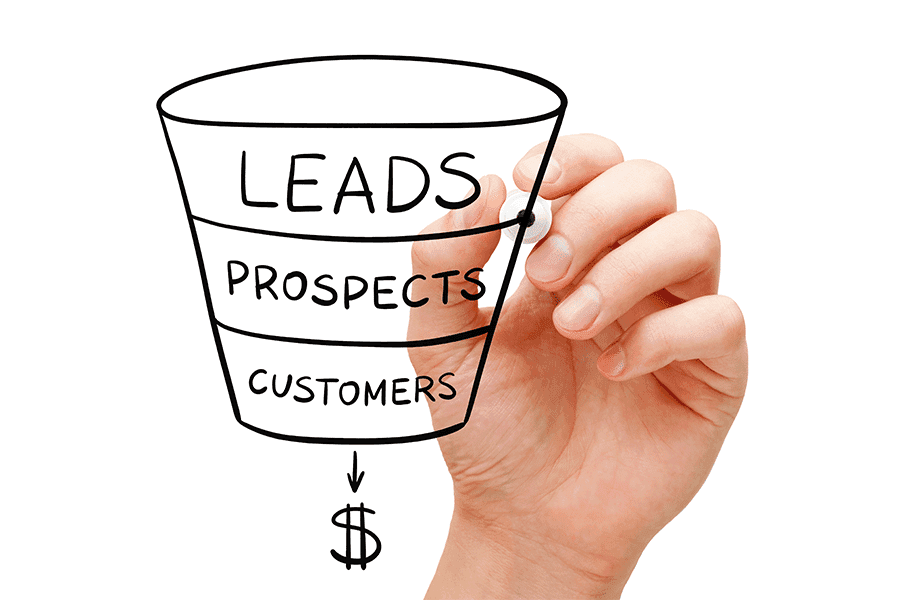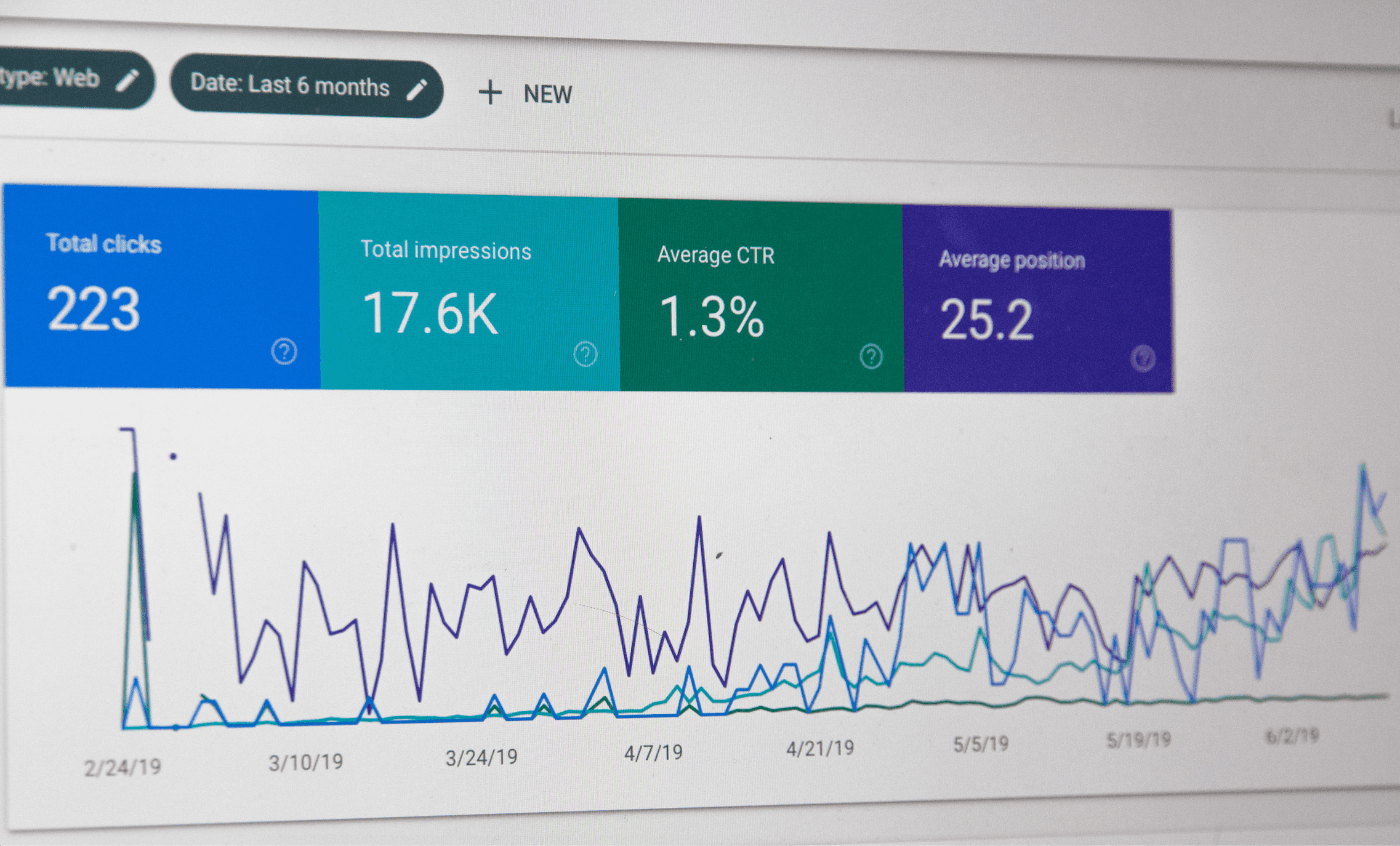Should You Start Selling on Amazon?

Things to Know About Selling on Amazon – The Pros and Cons
Is it worth it to sell on Amazon?
You might assume the answer is a definitive yes or no, but there is a lot of nuance that should go into making the right decision for your company.
There are numerous pros and cons to joining the Amazon marketplace. And while there are a lot of great things that come with selling on Amazon, it does come with a few downsides. You just have to decide if selling on Amazon is the right move for your business. Let us help – keep reading to better understand the pros and cons of listing your products on Amazon.

The Pros
If you’re looking to sell on Amazon but aren’t sure if it’s worth it, you’ve come to the right place. There are several reasons why Amazon is a great place to either start selling or moving your business to Amazon completely. The process is very streamlined, making it simple for beginners to get started.
Even if you’ve been in business for a while but are looking for a different platform with more reach, then selling on Amazon might be a great move for you. Amazon is the most widely-used ecommerce platform in the world with over 197 million monthly users. That’s more than the population of Russia.

Product Exposure on Amazon
Amazon has a massive amount of traffic with almost 200 million monthly users. Out of those 200 million, a section of that is your target audience. Selling on Amazon means great potential for growth for your business. From selling refurbished electronics to hair scrunchies, there is a place for everyone in the Amazon marketplace.
It depends on what exactly you’re selling, but getting sales will not be an issue for your business if that is a concern of yours. In order to stand out amongst your competitors, it’s important to know what your ideal customer is looking for. Stand out with ads and encourage people to leave product reviews.
Amazon might have a lot of people on the platform, but if you’re not putting in the footwork to get your business out there, then it will be a lot more difficult to get noticed.
Worldwide Reach – International Consumer Base
If you’re selling on your own website, odds are you only ship domestically or have a very short list of countries you have expanded to. If you’re selling on Amazon, you can tap into worldwide reach. Yes, with Amazon, you can possibly ship to every single country in the world, with the exception of five. Cuba, North Korea, Syria, Sudan and Iran. Aside from this short list, your customers can be found almost everywhere else.
One of the best things about having worldwide reach is that it gives international customers the chance to try out your products and spread the word. This could mean astronomical customer acquisition for your brand in places you never considered. Putting your products on the worldwide market opens more doors than if you only sold them on your own website.
It’s Easy to Get Started Selling on Amazon
It is easy to start selling your products on Amazon. There is no hassle when it comes to setting up shop:no hiring designers to create your website or logo. All you have to do is follow these steps:
1. Create a seller account.
2. Register your brand.
3. Add your products and customize listings.
4. Customize your storefront with the Stores tool.
That is the gist of it, but more research will be required to actually get the ball rolling on purchases and shipping out orders. Still, becoming a seller on Amazon is easy, even if you don’t have a brand and are just looking to resell retail products. If you’re selling your own products, that makes you more unique on the marketplace. While there are several pros to selling on Amazon, there are also a few cons to be wary of.
The Cons
Not everything can be sunshine and rainbows. While selling on Amazon can mean great exposure, there are some hidden things not many businesses are aware of.

Competition Amongst Amazon Sellers
Once again, Amazon is the biggest ecommerce platform in the world. While there are several opportunities to sell or put your products on the marketplace, it does not come without competition. Odds are, there are several other sellers within your niche who will compete against you on price, quality, and more. It might be in your best interest to research what niches are the most profitable and decide if it’s worth it to join the space.
If you’re a relatively new business and are testing out the waters, it may not be the wisest decision on Amazon. Established brands have a better chance of making it because of how saturated the market is. Even still, putting a marketing strategy into place is going to be what makes or breaks your potential success on the platform.
Getting started selling on Amazon is the easy part, but staying relevant and keeping sales up is another thing. Great ads that lead to conversions is what will keep people coming back and leaving great reviews.
Fees – Amazon is Greedy
One of the worst things about selling on Amazon is the amount of fees the seller has to pay.The amount you spend on fees depends on whether you’re an individual or professional seller. Regardless, Amazon takes a hefty cut of your pay. At the end of the day, unless you have a very high-margin product, you might feel like you only have pennies from your earnings.
Costs can also depend on the fulfillment services you choose. Do you want Amazon to fulfill your product for you or will you do it yourself? If you choose to go with Amazon’s fulfillment service, FBA, it can cost $3-$7 for each unit that is shipped. That cost can add up quickly. If you choose FBM, or do-it-yourself, you save more money and have more control over your business which is optimal in most cases.
What does FBA and FBM mean? To keep it brief, FBA (fulfilled by Amazon) means that Amazon packages and ships the products for you. FBM (fulfilled by merchant) means that you package and ship the products yourself. When deciding which is better for your business, you’ll need to assess your product’s cost, weight, your existing pool of customers, etc.
Less Control and Loss of Personalization
One of the least appealing aspects of selling on Amazon is that you don’t have much control. Especially when it comes to the design on your page and layout. You can add photos and little things like that, but not much more. This is a negative because it leaves no room for personalization for your audience.
Personalization marketing is what makes a lot of brands unique and creates tailored experiences for their customers. On Amazon, you can’t make your storefront super unique or personalized. This will make it harder for your brand to stand out amongst your competitors. Unless you have killer images and reviews that have that ‘wow’ factor, it’s going to be difficult to stand out in any way that is unique to your brand.
Lastly, and most importantly, Amazon owns the customer relationship. While a customer might enjoy the products you offer, they are still Amazon customers. It becomes very difficult to make them loyal to just your brand and potentially direct them to your own website once they have discovered you on Amazon. Amazon also does not give sellers customer information like email addresses. This is the greatest reason to consider staying off Amazon – to maintain a direct-line of contact with your customers.
Conclusion: Want to Learn More?
When it comes to selling on Amazon, there are a lot of pros that can make your company soar. There are also a lot of cons that can do more harm than good. Not every business will flourish on the platform. It depends on what you’re planning to sell, your strategy, and how profitable the niche is.
Here is a video that goes into more detail about selling on Amazon. Watch to learn more about the pros and cons of becoming a seller.








